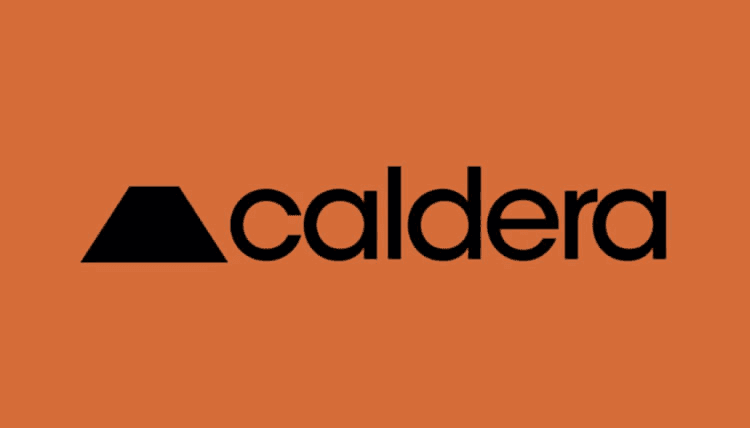
The digital asset library is currently undergoing a strategic transformation, gradually shifting from simply 'holding assets' to actively 'earning returns'. This transition sounds easy, but in practice, it often leaves people at a crossroads—how to choose to be both efficient and sustainable?
At this time, infrastructure like Caldera @Caldera Official becomes particularly crucial. It acts like a flexible 'navigation system', helping the asset library find the right direction in its transformation. Many projects previously relied on issuing new shares to raise funds to buy assets. While the scale continued to grow, equity was constantly diluted, which is not sustainable in the long run. The DeFi model supported by Caldera allows asset libraries to avoid this old path, achieving asset appreciation without diluting equity.
Another practical question is whether to bet on a single chain or layout a multi-chain approach? Caldera @Caldera Official 's Metalayer design just solves this dilemma. It acts like an intelligent switch, supporting deep cooperation with a single Rollup to activate the ecosystem while also coordinating across multiple chains, flexibly capturing benefits, and genuinely supporting the transformation path of asset libraries.
Speaking of #Caldera , we must mention its token $ERA. Recently, $ERA has just been launched on platforms like KuCoin and Arkham Exchange. Since trading began on KuCoin on July 17, the market performance has remained quite strong. Binance has also launched a trading promotion event worth 6 million $ERA , attracting the attention of many investors.
However, the value of Caldera goes far beyond its price performance. What it truly aims to solve are several core contradictions within the current Rollup ecosystem: for instance, the disconnection between chains, where cross-chain operations for users are both cumbersome and costly; and many project parties, even with performance sovereignty, still face limitations in ecosystem expansion.
Caldera addresses these issues through several core modules: First, it allows projects to quickly deploy their own Rollup, with performance and economic models under their own control; second, its Metalayer cross-chain coordination layer establishes a unified communication language between different chains, allowing data, assets, and states to communicate natively; plus, it is fully compatible with EVM, allowing Ethereum's development tools and security mechanisms to migrate smoothly, resulting in very low learning costs.
ERA plays multiple roles in this ecosystem, such as cross-chain settlement, node staking, and governance voting, and has already become the core of the entire protocol's operation. Currently, more than 50 Rollups have chosen to deploy based on Caldera, covering multiple tracks such as DeFi, GameFi, RWA, and DePIN, and have also received support from many top-tier investors.
In my opinion, the biggest innovation of #Caldera is not to 'create more chains', but to truly enable collaboration between existing chains, forming an interconnected cooperative network. This modularization is not simply about addition, but about releasing greater network effects through connection.
Therefore, whether from a technical architecture or ecological progress perspective, Caldera shows good growth potential. If you are also interested in the progress of modular blockchain and cross-chain infrastructure, it might be worth keeping an eye on it.


